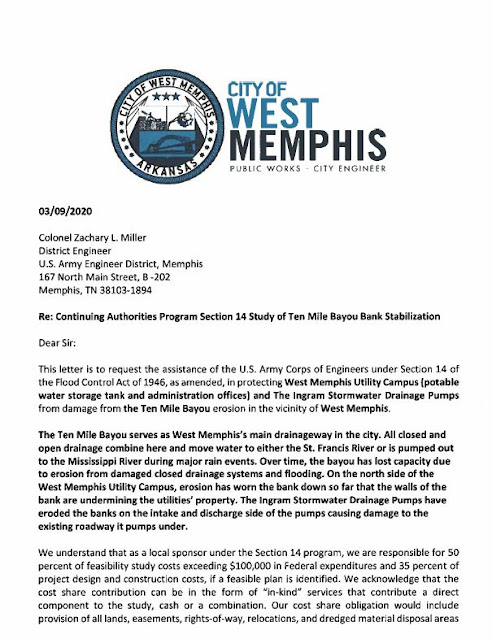You hear a sound IN THE HOUSE WITH YOU.
If you choose to run out the front door, turn to page 23.
If you go to the kitchen to investigate, turn to page 28.
Was there ever anything better than those books? I loved them.
In the Choose-Your-Own-Adventure books, you chose a path, and got to
find out what the consequence of your choice was. It was almost a delicious precursor to the
choices in role-playing games, and their early computer counterparts.
What follows is my own version of the Choose Your Own
Adventure story, as one of our CAP projects fights its way through the process
of getting the first steps completed for the project - with the goal of getting
the project funded.
So the entries that follow essentially comprise a CYOA book. Each decision point for the process will be a
separate brief blog entry, to that show how your previous decision turned
out. In the process, you will see what
we have worked out in the process. And if you manage to get a Letter of Intent
and get the project funded, then you have won.
And if not, a back button will give you another chance. Let's get started:
**This is a very real fictional account of the interaction between the district CAP manager and a problem of a local community. The problems mirror those of problems around the nation, and the conflict of how to help is more real than ever.***
You get a call from Shelby County, about the City of Millington, and they have a
problem. Big Creek - a stream
immediately adjacent to the town - has a scour hole that has increased in size
over the years. There was a flood event
in 2010 that caused $300M in damages, including to a Naval base. There is a flood control levee See red text
in picture below) adjacent to the scour hole that is threatened. The levee was constructed by the Corps
(OURS!) and is maintained by the City of Millington (O&M is THEIRS!)
Just at the eastern margin of the scour hole is the railroad
bridge, and it is being threatened by the erosion.
(Questions for consideration - is rail a
public entity? Or is it private? Is it infrastructure we can protect?)
Right there at the railroad is a grade control structure that was installed under the CN Railroad. It is unraveling. And doing so quickly. Additional flood events will accelerate the process and increase the risk to the rail, to the residents, and to the federal investments of the levee.
It is not clear who built the grade control structure - thankfully it is not one of ours, although if it were, we would have a mandate to address it.
Our big problem is authority here, complicated by the local sponsors and stakeholders.
The City of Millington has the responsibility.
Shelby County has the responsibility.
The Railroad has the responsibility.
The flood protection levee is ours, and we hold some responsibility there.
Finally, there is a Highway, just upstream of the scour, where the Tennessee Department of Transportation has placed a highway and bridge, both of which are impeding the stream during high water events, as well.
You get a call from the City, and they leave a voice mail, asking you to help address a water resource problem in your area. Do you:
Pick up the phone and call them back?
Or,
Go to the movies, and leave it for Monday.





















